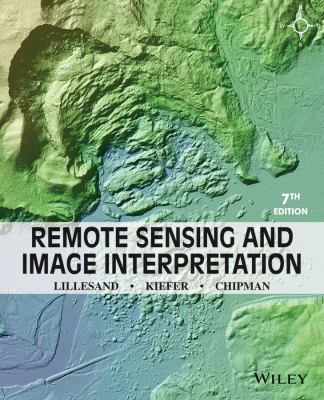
Book
|
Remote sensing and image interpretation
Copies
1 Total copies, 1 Copies are in,
0 Copies are out.
Title
Remote sensing and image interpretation
Call No
G70.4 .L54 2015
Edition
Seventh edition.
Language
English
Published
Hoboken, NJ : Wiley, [2015]
Publication Desc
xii, 720 pages : illustrations, maps ;
ISBN
111834328X
(paperback)
LCCN
2014046641
Dimensions
24 cm









